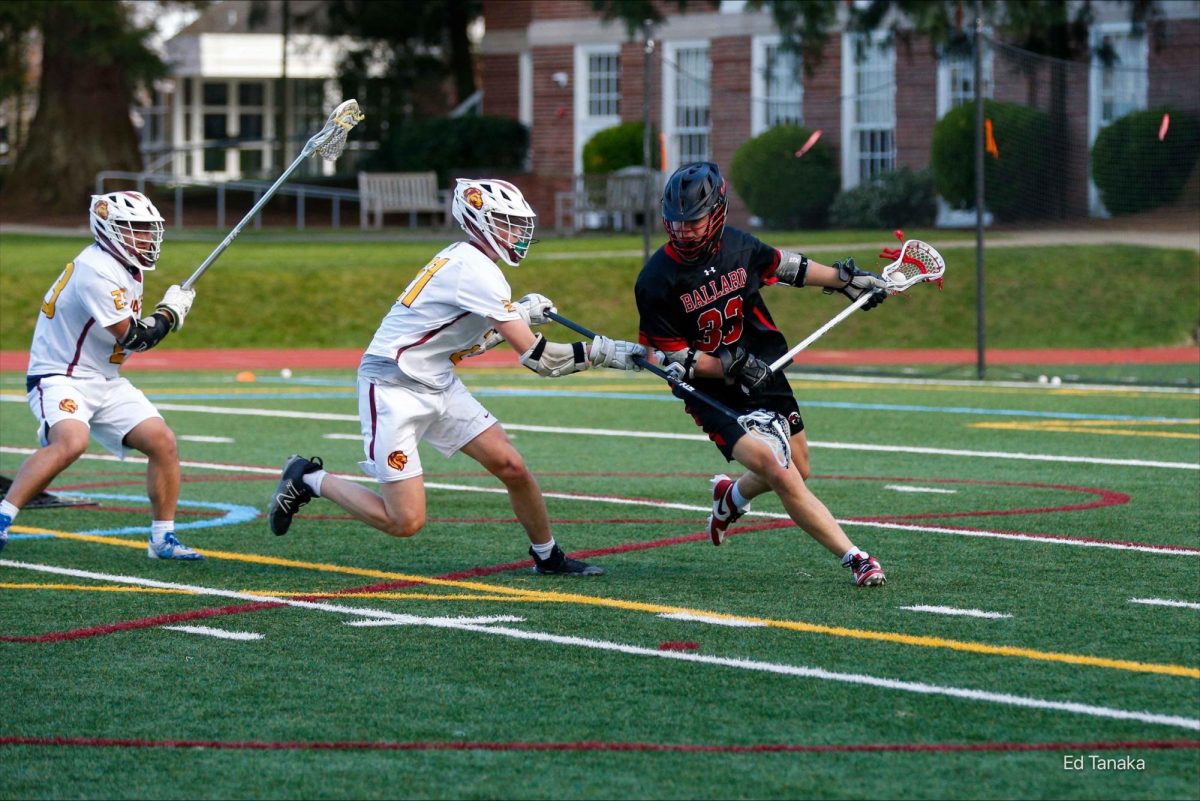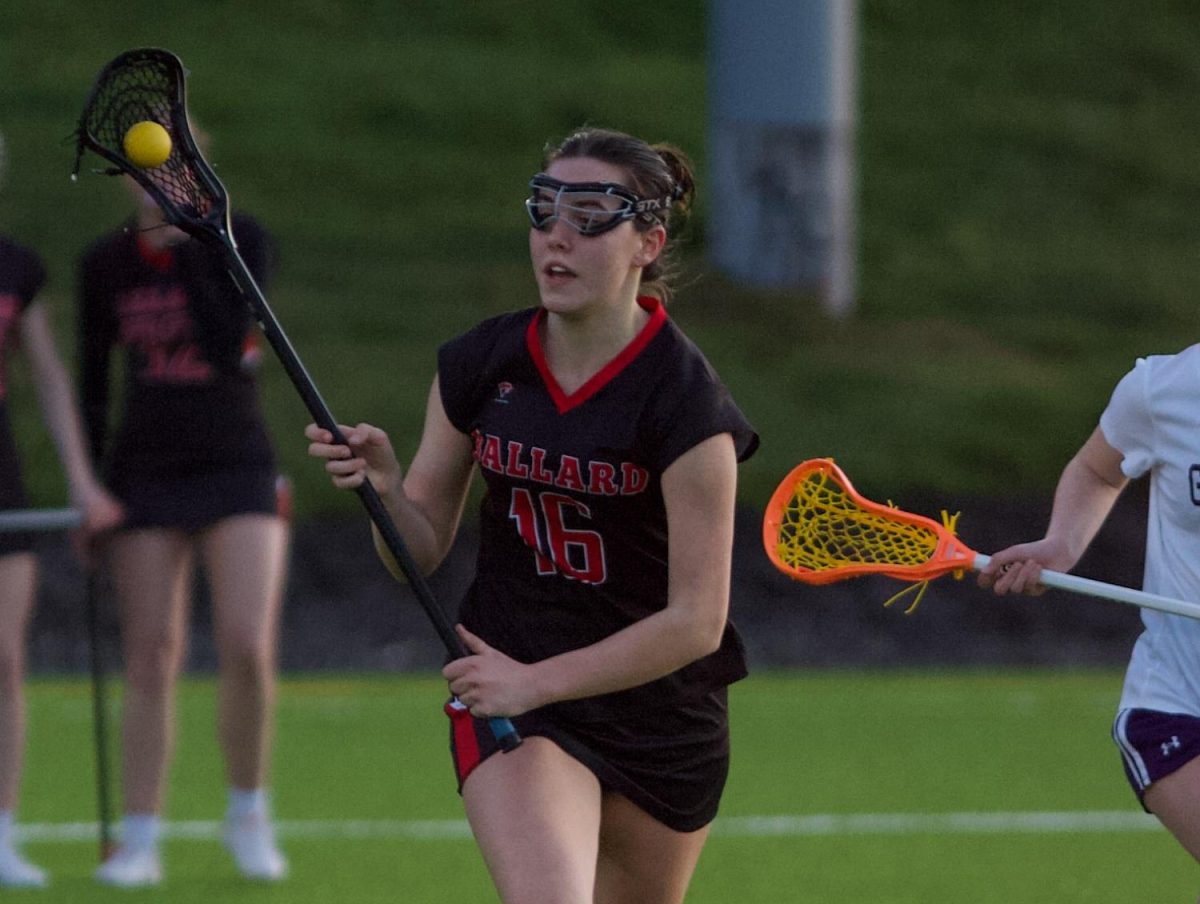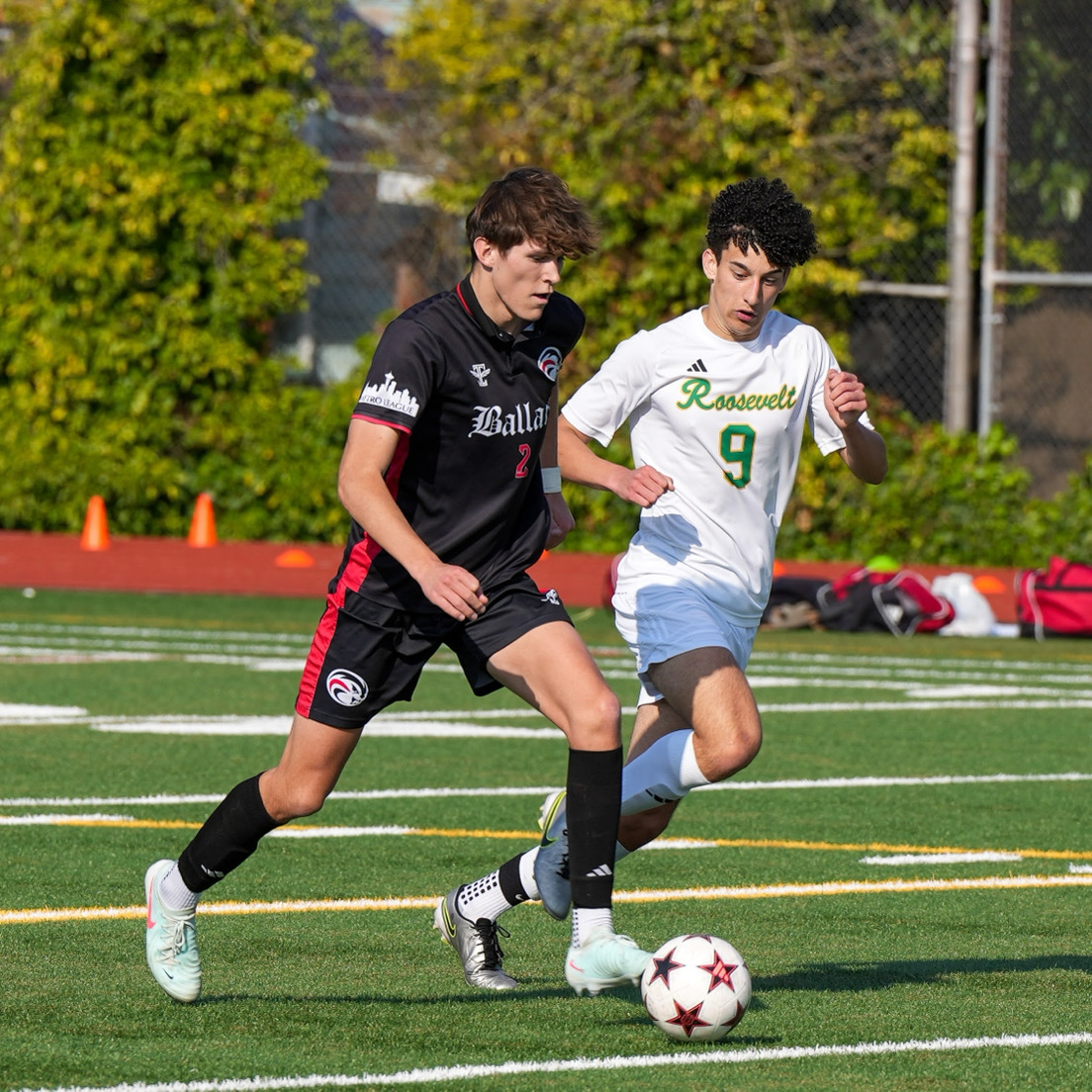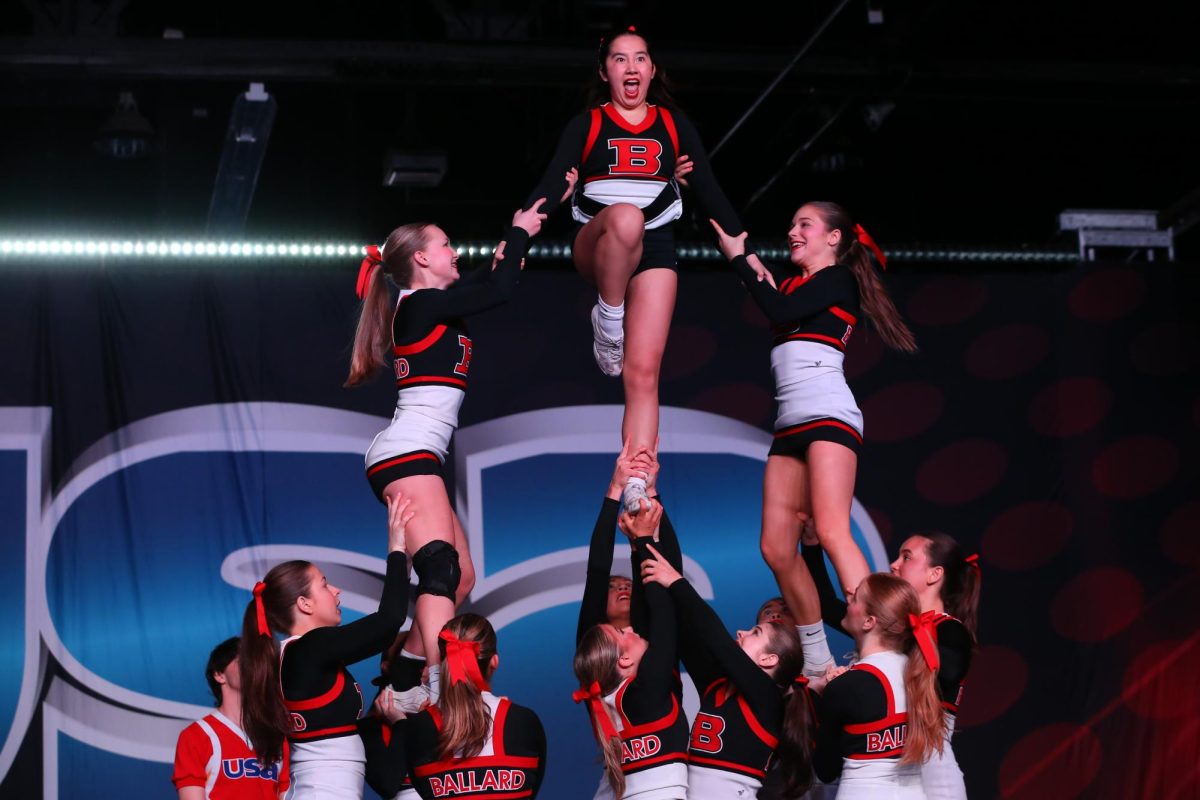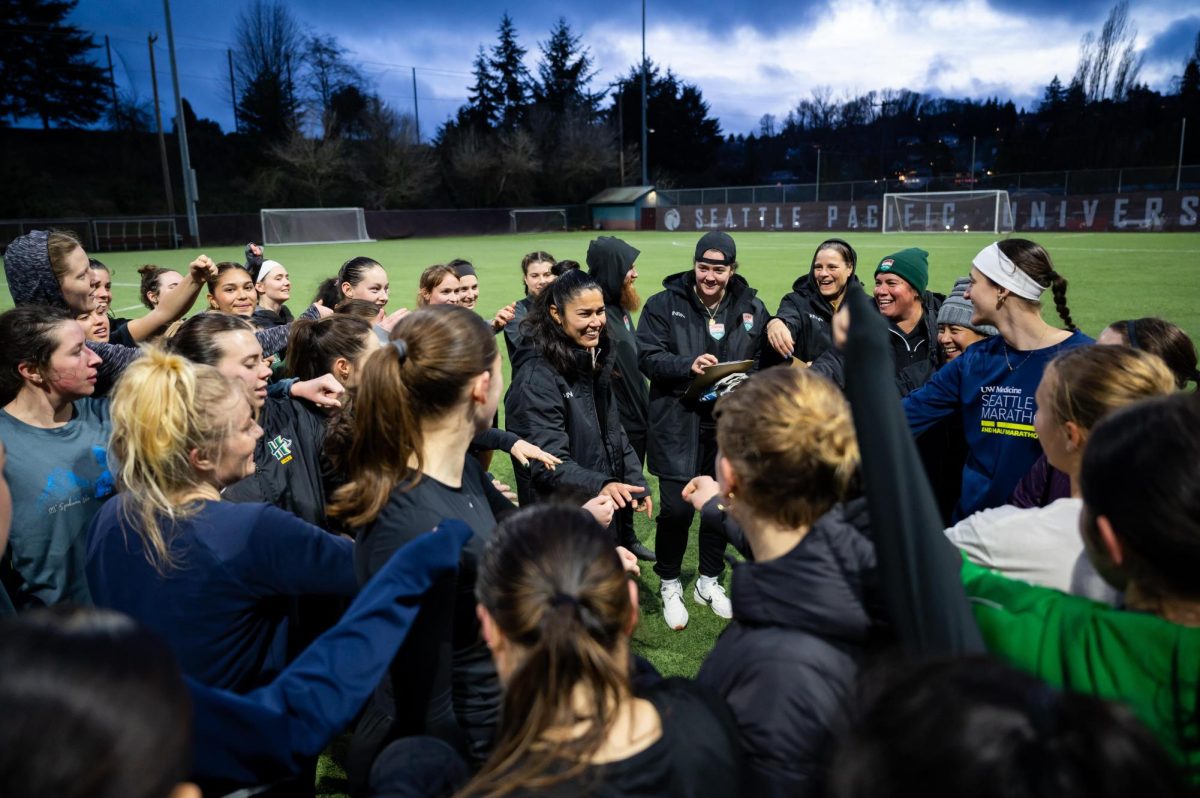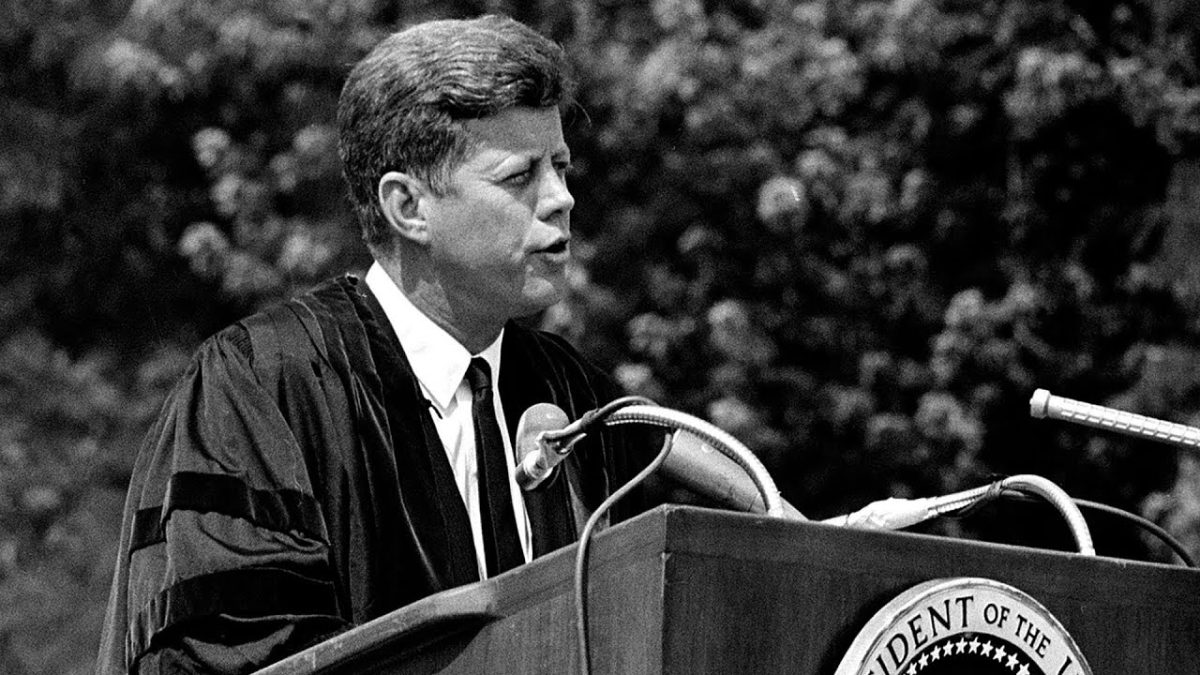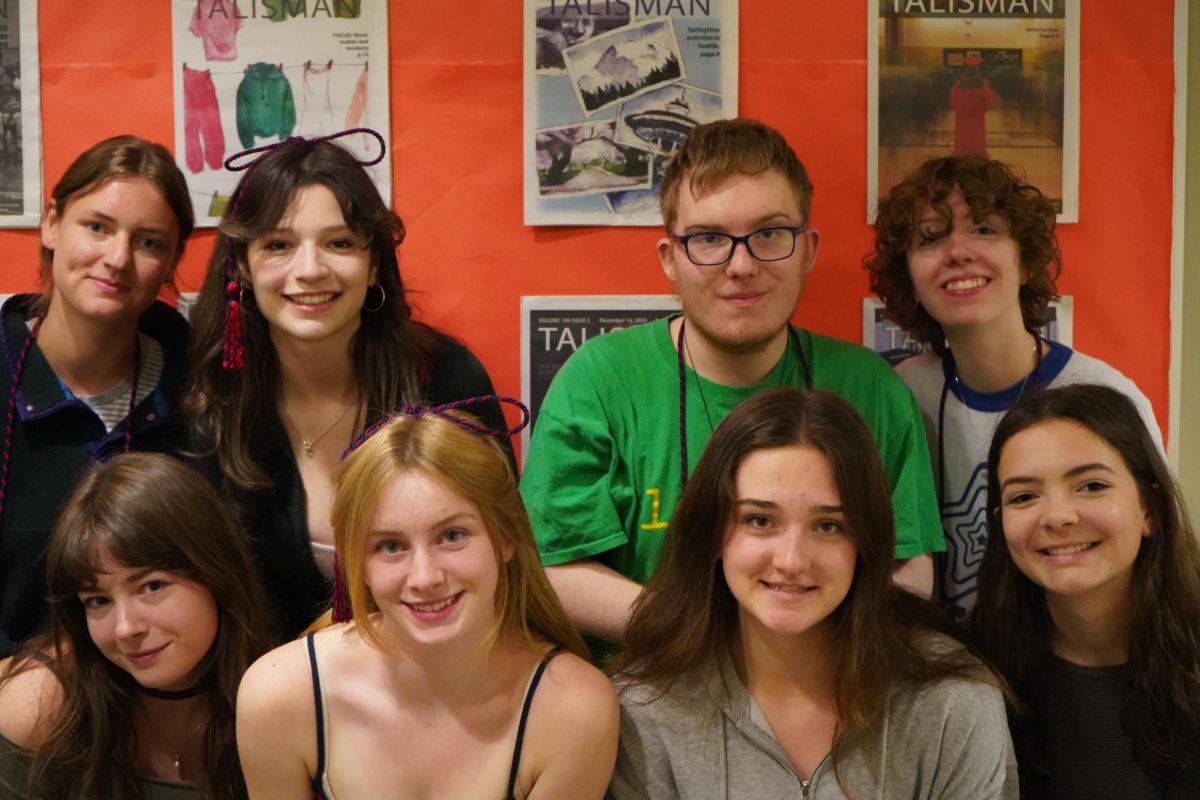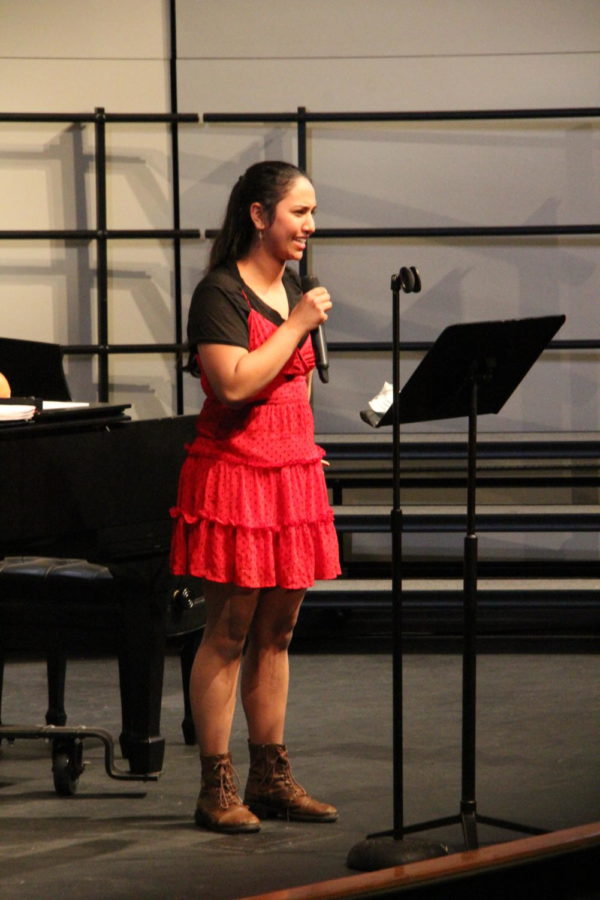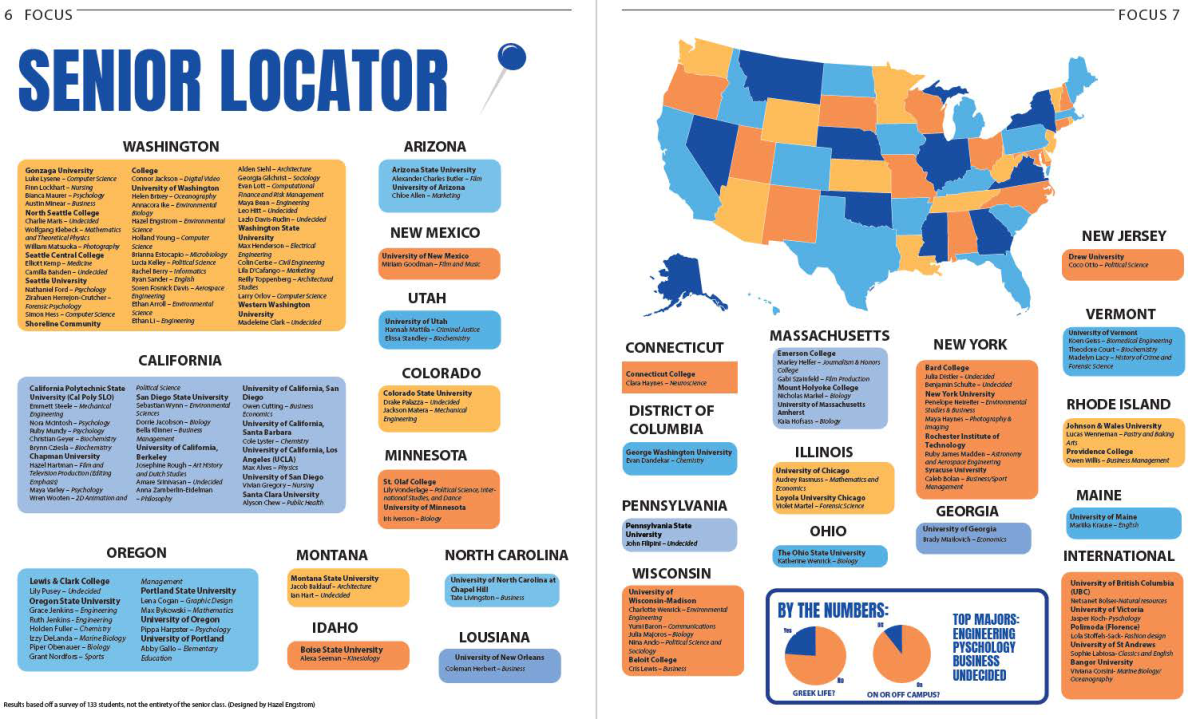ASB elections bring new faces into student government
Student results for leadership positions for the upcoming school year
Sophomore Izzy Rampersad spoke to the class of 2024 in hopes of becoming a junior ambassador.
June 9, 2022
As the final weeks of the school year approached, ASB elections began once again. Students from across grade levels ran for a variety of positions, hoping to earn a leadership role for the upcoming year.
Though students shared a variety of reasons for running, a common goal for ASB hopefuls was to act as a voice for their peers. Freshman Marley Helfer mentioned this as she described her choice to run for the sophomore ambassador position.
“I really want to hear about what my class is interested in and work towards those interests,” Helfer said.
Candidates also shared several more specific things that motivated them to run, including a commitment to improving mental health support, concerns about maintaining the gender neutral bathrooms as a safe space and other ideas.
For junior Connor Chapman, who ran for senior class president, being an ASB leader would involve a commitment to improving school spirit. After years of online school, canceled assemblies and sporting events without spectators, Chapman hopes to renew a sense of excitement.
“[I] mainly want to work on spirit stuff,” Chapman said. “I think that’s realistically what I have the power to do.”
Before becoming an ASB member, candidates completed several preparatory steps. Each student began by filling out the general election packet, which included grade information, class transcripts, answers to questions about their ASB plans and other information.
Though most ASB positions were elected, some students were also appointed to specialized positions, like advising arts director and digital marketing director. As ASB advisor Laura Lehni described, there was a different application process for each.
“If they were running for an appointed position there’s no speech, but there’s an interview process,” Lehni said.
The interview process was led by Lehni and current ASB members, and involved a variety of questions about ASB goals and commitment for each candidate.
For those who ran for elected positions, like class ambassadors and ASB president, election season looked a little different.
“[We had to write] a one minute speech and we were encouraged to make posters and promotional stuff,” Helfer said.
After listening to the speeches, students voted for their class leaders using ballots sent to their school email.
One noteworthy aspect of this year’s elections was that many upperclassmen ran unopposed. While more than 12 students ran for the future sophomore and junior ambassador positions, the participation dwindled for current juniors.
Though there wasn’t a clear consensus on the reasons for this pattern, Lehni hopes to continue increasing ASB involvement in the future.
““[We’re trying] to be more visible,” Lehni said. “One of the things we had heard in years past was that people didn’t know [about ASB], or it was … assumed that certain people would get positions.”
This year, ASB members attempted to attract new members through information sessions during lunchtimes leading up to elections. Lehni also reached out to staff members asking for recommendations for potential ASB candidates.
“I asked … educators across the building [to] identify students that they thought had leadership potential,” Lehni said.
This process encouraged more students to run for ASB than the previous two years, despite relatively low junior participation.
This year’s elections also did not have enough candidates to warrant a primary process, which would have narrowed the field down before students gave their speeches. Instead, every candidate running for an elected position had a chance to share their speech this year.
Now that elections have wrapped up, the newly elected and appointed members look forward to the next school year. Lehni, who is just finishing her first year as ASB advisor, has a broad list of plans for the upcoming school year.
“I’m changing the expectations for students on leadership,” Lehni said. “I’m requiring that they attend at least five sporting events and at least three club events every quarter.”
Lehni will also require ASB members to attend more school theater and music events, and she is planning on upping the service hour requirement.
Lehni and ASB candidates also hope to reevaluate past ASB traditions.
“The [ASB advisor] role is … constantly trying to balance [the questions] what have we done before? What can we do now?” Lehni said. “Is it the same or are we improving it? Just because we’ve done it before doesn’t mean it’s good.”
This year, ASB recognized female athletic leaders at an award ceremony, organized a heritage and awareness month and created several other new projects. Next year, ASB plans to continue running club rushes, school dances, assemblies and other events, while actively brainstorming new events that would promote inclusivity and spirit.









